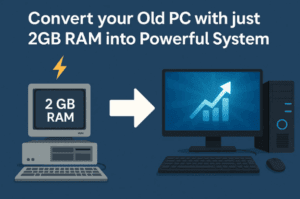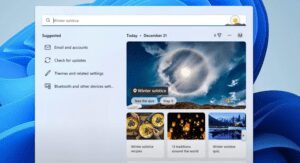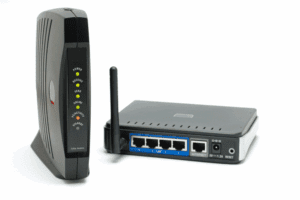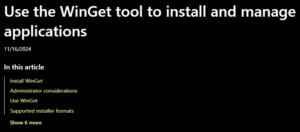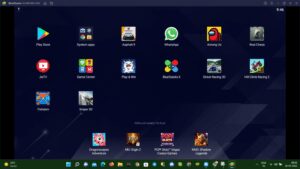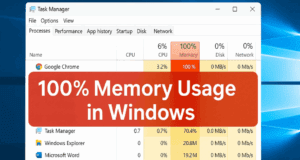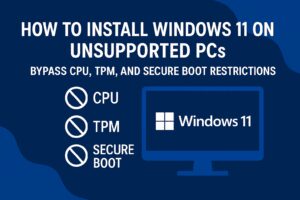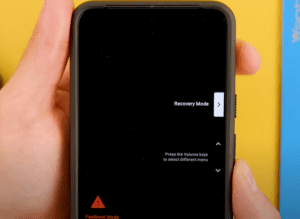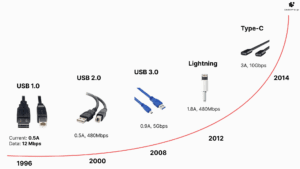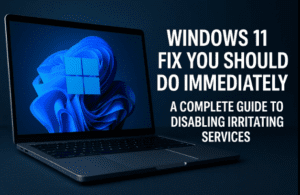Hello and welcome! Today, I want to dive into the exciting (and sometimes frustrating) updates in Windows 11 24 H2. After being offline for about a week due to some personal matters, I’m back and ready to discuss what’s new in this latest version of Windows. Let’s get into the details!

Connectivity Issues and Software Compatibility
One of the first things to note about Windows 11 24 H2 is that if you have certain applications installed on your system, you may not be able to upgrade. This includes popular software such as:
- Intel Audio Driver
- iCloud
- AMD Radeon software
These applications can prevent the upgrade due to potential security and performance issues. For instance, users have reported encountering errors indicating that their apps can’t run after attempting to upgrade. This can be particularly frustrating for those who rely on these tools daily.
Additionally, customization tools, such as StartAllBack, which many users enjoy for modifying the Windows start menu, may also become obsolete in this new version. The reasoning behind this is straightforward: outdated software could compromise the system’s security and performance.
A Shift in Software Usability
With the introduction of Windows 11 24 H2, many older applications might no longer function. This includes beloved programs that have not received updates in years. A good example is Net Speed Monitor, which works perfectly on Windows 10 but fails to run on any version of Windows 11, even when compatibility settings are adjusted. The crux of the issue is that without updates from software developers, many longstanding applications will simply be left behind.
The takeaway here is clear: many legacy programs are likely to face compatibility issues with Windows 11 24 H2. Users should be prepared for the possibility of needing alternative solutions.
Exciting News: Windows 11 LTSC
On a brighter note, there’s news about Windows 11 LTSC (Long-Term Servicing Channel), which is based on the 24 H2 build. This version is designed for stability and will cater to users who prefer a more controlled environment. If you’re curious, you can find leaked ISO files available for testing. This could be a great option for users looking to experiment without fully committing to the new features of the standard Windows 11 release.
The RTM (Release to Manufacturing) builds for Windows 11 24 H2 are also set to launch soon. These builds will allow manufacturers to start shipping devices with the new operating system. However, it’s important to note that not all features, especially the anticipated AI capabilities, will be included in these initial releases. Full access to these features is expected later in 2024.
Conclusion
With the changes introduced in Windows 11 24 H2, users may face some hurdles, especially regarding software compatibility. However, the upcoming LTSC version offers an exciting alternative for those who value stability. If you’re considering upgrading, stay tuned for the RTM builds arriving soon.
If you have any questions or thoughts on this topic, feel free to drop a comment below. I’m looking forward to hearing your perspectives!
Take care and enjoy exploring the latest in Windows!
#Windows11 #SoftwareUpdate #TechNews #LTSC #CompatibilityIssues #WindowsUpdate
